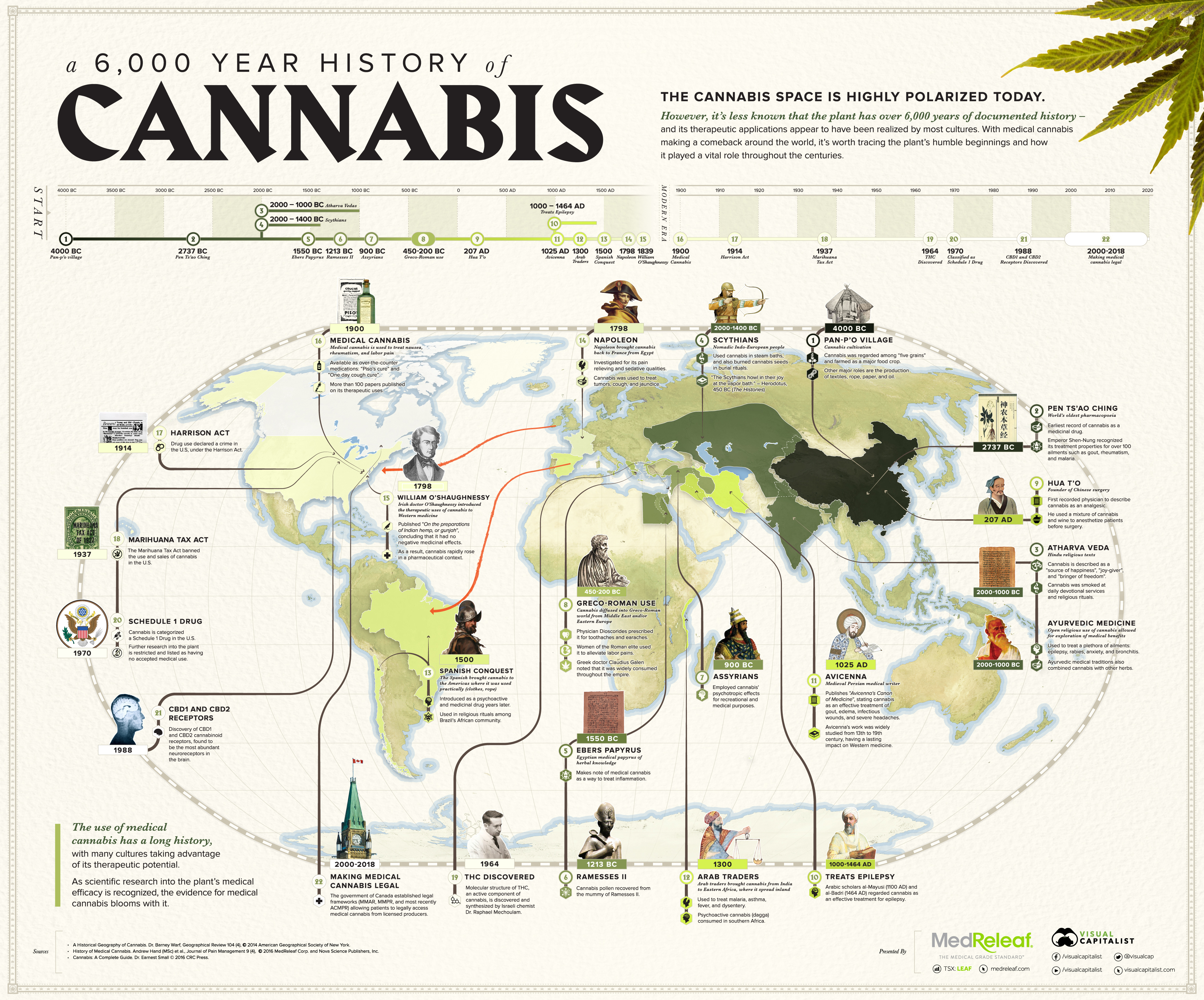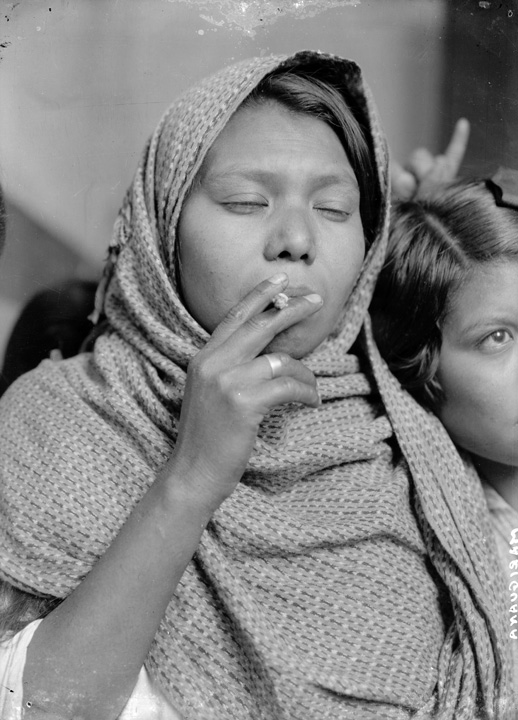The Ancient Ways Latinos Have Used Marijuana Since Way Before the 420 Culture
Joint, pot, weed… marijuana is nowadays as common as tobacco or alcohol. Despite the stigma associated with its use, efforts to decriminalize the consumption of this plant have made great strides.
Now, the e-cigarette and CBD industries have put cannabis in a new light.
However, few know that, before the hippie culture or the fight for legalization, our ancestors knew the powers of marijuana. From marijuana-infused alcohol to temazcal rituals, Latinos have always known that this plant is much more than a recreational product.
A tradition from our abuelas
Many Latinos know that at home, marijuana is synonymous with crime. The paradox is that our grandmothers have used this plant as a home remedy for centuries.
In many Latino families, the cannabis leaf macerated in alcohol is called “magic alcohol.” It is used by our grandmothers and mothers to help with inflammation, aches and pains, and even the treatment of fever.
In Mexican homes, it is common to use a cotton ball soaked in magic alcohol to rub on the chest and back when the airways are congested.
Similarly, our grandmothers use marijuana in teas to relieve nausea, relax and induce sleep.
The ancestral history of marijuana
The oldest records of marijuana use date back to 2600 BC in regions such as Europe and Central Asia.
But it was the Spanish who introduced the plant into the civilizations of our ancestors.
Although fabrics made of hemp fibers have always existed, Chinese herbalists already spoke of their psychotropic properties.
In our continent, these fabrics arrived in the fleet of Christopher Columbus in 1492. It was Pedro Cuadrado, conqueror of Hernán Cortés’ host, who brought the first cannabis seeds to Latin America.
What was an economic initiative for the cultivation of hemp became another type of plant thanks to the climatic conditions.

Although the first seeds were of narrow-leaf hemp, the arrival of psychoactive cannabis to the American continent dates back to the middle of the 19th century.
This was the time when Great Britain declared slavery illegal. The lack of labor caused by the decision of the British kingdom generated a wave of migration from India to the Caribbean. These laborers brought the new marijuana seeds with them to what was once called the “New World.”

The adaptation of marijuana to Indigenous traditions
Although hemp crops never came to replace sugarcane crops, indigenous healers and herbalists soon discovered the benefits of marijuana.
During the viceregal period, the new cannabis plants began to stand out for their medicinal and psychoactive benefits and properties.
Harvesting the plant did not require large tracts of land, nor was it subject to Crown control. Therefore, it is unsurprising that the indigenous people discovered the green flowers that glowed as they secreted resins.
Experimenting with the plant was not difficult for a population familiar with nature and its properties.
By the end of the 19th century, marijuana was already a native species in regions such as Mexico.
It was used by healers who were called “Marias” or “Juanas,” from which the name “marijuana” is presumed to have originated.
Thanks to them, the plant reached the poorest sectors of the urban areas of Mexico City.
Another tradition ruined by the intellectual elite
As is often the case with ancestral traditions, their appropriation by white intellectual elites transformed marijuana into a totally different consumer product.
Although few documents exist of what happened at the turn of the century, by the 1900s, there was a significant transformation in the use of marijuana.
One of the first attempts to commercialize marijuana was by the French pharmaceutical company Grimault & Company. The company built an empire of patent medicines between 1850 and 1930, including its famous “cigarettes indiennes.” Cigarettes mixed with cannabis, datura, and stramonium were sold as a “sovereign remedy” for asthma.

In America, the plant went from being called pipiltzintzintli (in Nahuatl) to “marijuana,” and its psychotropic use was prioritized over its medicinal use.
Thanks to American intellectuals who followed the tradition of French and European literati, the use of psychotropics for artistic creation became a different matter.
In the early 1930s, Mexican migrants introduced marijuana to the United States. The plant became popular among jazz musicians in New Orleans, and from there, it spread to other major cities.

The modern reclaiming of the ancestral plant
The 1930s prohibition of marijuana in the United States by the government’s morality campaign spread under pressure to Mexico.
Although families continued to use it as a medicinal plant, and although intellectuals such as the painter Diego Rivera fought to decriminalize cannabis, the plant has been a symbol of countercultural revolution for many decades.
Until now.
The marijuana legalization movements have given rise to an entirely new industry.
Today, the industry for CBD — the plant’s non-psychotropic chemical component — is valued at nearly $13 million. This results from the federal legalization of hemp-derived cannabinoids, the very molecules our ancestors knew all too well.
Meanwhile, 70% of marijuana possession sentences in the U.S. fall on the shoulders of Latinos, in what many consider a hypocritical war by the government.




